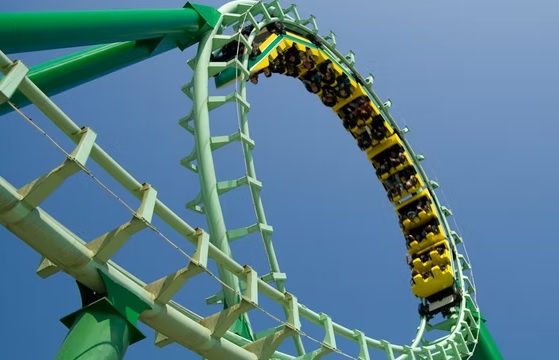An inverted yield curve is a term used in the media quite frequently. In this article we discuss what a yield curve represents and why an inverted yield curve does not necessarily mean a recession is on the horizon.
Definition of yield curve
The yield curve is a line that plots interest rates at different maturity dates. A normal yield curve should reflect longer term bonds having an interest rate which is higher than shorter bonds. This is because long-term bond investors are compensated for the risk associated with time.
Definition of an inverted yield curve
An inverted yield curve is one which shows longer maturity bond yields are lower than shorter term bond yields. This curve indicates that bond investors are concerned that longer-term maturity bond yields will decrease further in the future. Because of this, they prefer to buy these longer-term maturity bond yields now. The increase in demand of longer-term bonds pushes up bond prices and decreases the bond yields for these instruments (bond prices and bond yields react inversely). We have written an article “Why rising interest rates is a negative for bondholder” explaining the negative correlation between bond prices and bond yields. This decrease in demand for shorter term bonds causes bond prices to drop but it also causes higher short-term bond yields. The effect of this is an inverted yield curve. The inverted yield curve may mean low long-term interest rates which may mean a weaker economy is on the horizon.
Why do equity traders look at bond yields?
Equity traders look at bond yields as it is an indicator of economic confidence. When there is strong confidence in the economy then yields go up. When confidence is low then investors want to put their money in safe havens such as treasury bonds which drives up the bond prices but decreases the yield. Bond yields fall when there is an expectation that economic growth will weaken. We have also written an article on “What bonds can reveal about the share market.” Equity traders find these bond yield curves informative as the condition of the economy would have a impact on how companies perform on the stock market.
Why the inverted yield curve may not mean a recession is coming
Markets can run on sentiment as opposed to what is happening in the economy. Investors may be reacting to fear and not fundamentals. The yield curve has been flat for a while so the interest rate differential between short and long terms rates has been narrow. A yield curve needs to be inverted for 3 months before we can reliably use that as a prediction of a recession. However, this inverse yield curve is just a model and does not always guarantee a recession. There are other indicators of a recession such as the employment rate. Another economic indicator is the Purchasing Manufacturers Index (PMI) which is a survey of more than 300 manufacturing firms monitoring their production levels each month. A PMI index of more than 50 indicates expansion of the manufacturing sector, a PMI of less than 50 indicates contraction of the manufacturing sector.
Lauren Hua is a private client adviser at Fairmont Equities.
An 8-week FREE TRIAL to The Dynamic Investor can be found HERE.
Would you like us to call you when we have a great idea? Check out our services.
Disclaimer: The information in this article is general advice only. Read our full disclaimer HERE.
Like this article? Share it now on Facebook and Twitter!

